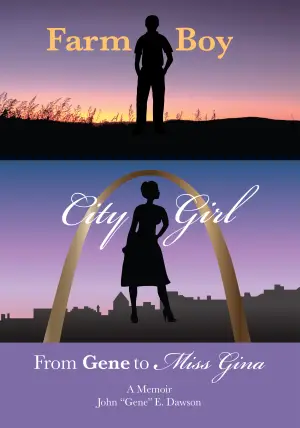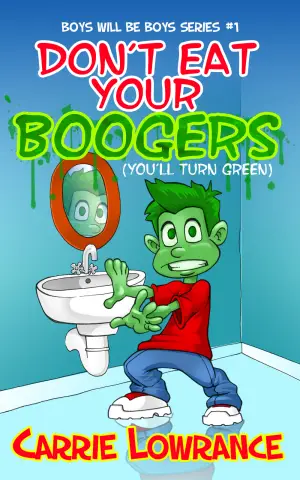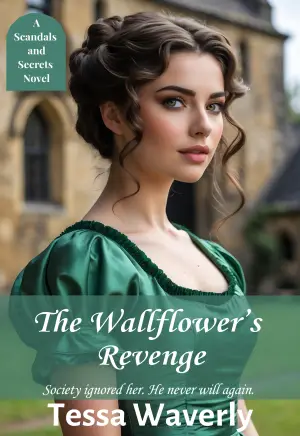Threads of Fate: A Journey Through These Tangled Threads: A Novel of Biltmore
When I first encountered These Tangled Threads by Author’s Name, I felt a magnetic pull—maybe it was the allure of Asheville’s rich history, or perhaps it was the promise of complex characters weaving their way through the opulent world of the Vanderbilts. As someone who has marveled at the grandeur of Biltmore Estate myself, I was eager to dive into the lives of those who worked behind the scenes, crafting both art and mischief.
The novel intricately weaves together the lives of three characters: Arthur, Lorna, and Gentry, each with their distinct struggles and aspirations. Arthur, a gifted woodworker thrust into servitude by his cruel parents, captured my heart immediately. His earnest love for Lorna, despite her consistent rebuffs, resonated deeply. The way he navigated his feelings—bound by societal constraints and a personal infirmity—was both touching and painfully relatable.
Lorna, on the other hand, served as a compelling counterpoint. I found her ambitions thrilling yet morally ambiguous. As a weaver who resorts to underhanded tactics to claim others’ creations, she stirred up a whirlwind of emotions in me. I wished to understand her struggles, yet I often found myself frustrated by her actions. While the author attempts to redeem her toward the end, I remained steadfast in my resistance. Lorna’s journey was a tangled web of ambition, pride, and moral corruption, and while I empathized with her circumstances, her choices left much to be desired.
Gentry’s narrative added an intriguing layer to the story. Her youthful innocence and longing for connection provided a beautiful contrast to Lorna’s darker machinations. The journey she undertakes in search of her mother—not just geographically, but also emotionally—was poignant and relatable. Her character felt like a breath of fresh air amid Lorna’s scheming, and I found myself rooting for her.
The writing style was richly descriptive, immersing readers in the lush landscapes of Asheville and the intricate workings of Biltmore Estate Industries. However, the shifting timelines occasionally left me a bit disoriented. The gaps between 1915 and 1924 felt convoluted at times, demanding close attention to follow the threads of various characters’ lives. In the hands of a skilled author, this could create tension, but I found myself muddled on a few occasions.
The audiobook brought with it a mixed bag of experiences. The performances by Libby McKnight (Gentry) and Nick Mills (Arthur) were enjoyable, though Pilar Witherspoon’s narration for Lorna left much to be desired. Her inflections felt jarring at times—an unwelcome distraction from what could have otherwise been an enriching listening experience.
In conclusion, These Tangled Threads offers a solid exploration of themes such as ambition, creativity, and the consequences of deceit. While some characters may not win your heart—looking at you, Lorna!—the tapestry of their lives will keep you engaged. I would recommend this book to readers who appreciate historical fiction entwined with moral quandaries and the intricate dance of relationships. Despite its flaws, the reading experience was rich and thought-provoking, leaving me with a newfound curiosity about the hidden stories and tangled threads in our own lives.
Discover more about These Tangled Threads: A Novel of Biltmore on GoodReads >>













